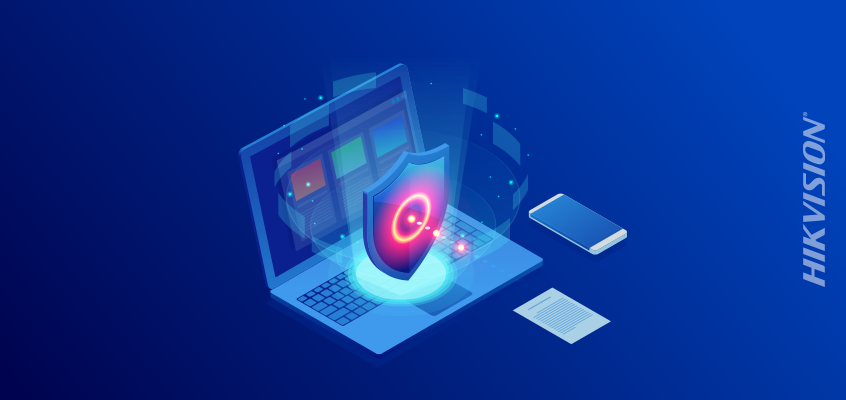Security Breach Study Finds Breaches Cost $654B in 2018
Hikvision on Cyber Response Plans to Reduce Security Concerns
The Security magazine article “Data Breaches Cost $654 Billion in 2018,” outlined results of ForgeRock’s 2019 Data Breach Study which found that in 2018 security breaches led to 2.8 billion consumer records exposed “at an estimated cost of more than $654 billion,” according to the report.
“It’s clear from our research findings that consumer data is valuable and highly sought after by cybercriminals as well as very difficult for organizations to protect. Organizations can protect consumer data by implementing a strong customer identity management program. Every industry has incentives to avoid brand damage and costly [security] breaches, and so organizations must use modern techniques of identity and access management to secure their infrastructure, from servers in the data center to client applications and smart devices at the edge,” said Eve Maler, ForgeRock’s VP of innovation and emerging technology, in the article.
Personally identifiable information (PII) was the most targeted data for security breaches in 2018, according to the article.
From the report: “Despite enterprises’ worldwide investments in information security products and services estimated at more than $114 billion in 2018–an increase of 12.4 percent from 2017–compromises of consumer data abound. Consumer personally identifiable information data remains the holy grail of cybercriminals, and given that enterprises across a wide range of industries–including healthcare, government, and financial services–store and manage billions of consumer data records, these organizations are consistently under siege from cyberattacks.”
Additional research findings include:
- 48 percent of consumer data security breaches occurred in the healthcare sector.
- The number of security breach incidents in the financial services sector were lower by 20 percent in 2019 Q1, compared with the same quarter in 2018. However, the article indicated that 26.9 million consumer records were compromised in 2019 Q1, an increase compared with the same period in 2018.
- The most frequently compromised type of PII in 2018 was date of birth and/or Social Security numbers.
Hikvision on Cyber Response Plans to Reduce Security Concerns
Hikvision discussed security breach and other concerns in its blog “SSI on Preparing for Security Breach, Developing a Cyber Response Plan to Reduce Security Concerns.” The article outlined ways to prepare for security breach and tips to deter threats.
From the article: “Companies can reduce risk and respond to potential security breaches by preparing a cyber incident response plan (CIRP). The [SSI] article also recommends that organizations bolster their cybersecurity defenses by reviewing insurance coverage on a regular basis and creating a strategy to minimize business interruptions caused by security breach.”
Additional tips to reduce the risk of cyberattacks include:
- Prioritizing cybersecurity as an organization-wide initiative. Executive leadership can implement KPIs that track the effectiveness of cyber efforts.
- Monitoring employee behavior. “Seventy percent of cyber incidents are a result of internal vulnerabilities, so managers have a particularly important role in monitoring any suspicious activity,” according to an SIW article.
- Removing stale accounts from various cloud services when an employee leaves the company to ensure they do not continue to have access to this information.
Read more here.

